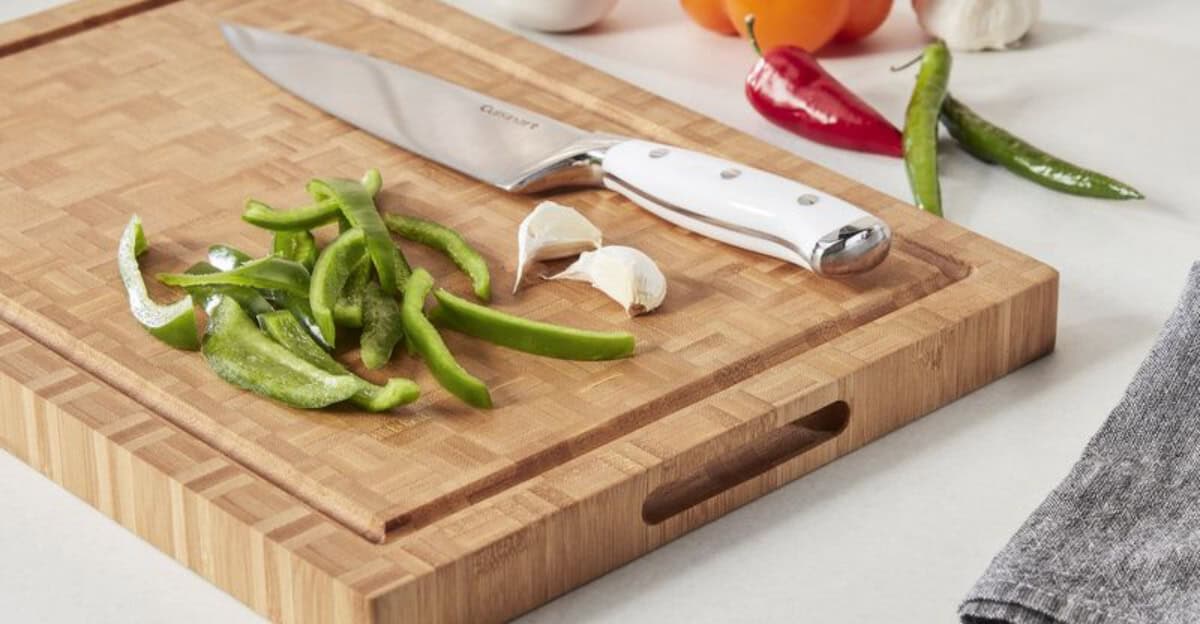Choosing the right cutting board is crucial for maintaining both kitchen safety and hygiene. While some cutting boards can harbor bacteria and dull your knives, others provide a more sustainable and safe cooking environment.
In this article, we will explore types of cutting boards that are the best alternatives to toxic plastic ones.
1. Bamboo Cutting Boards
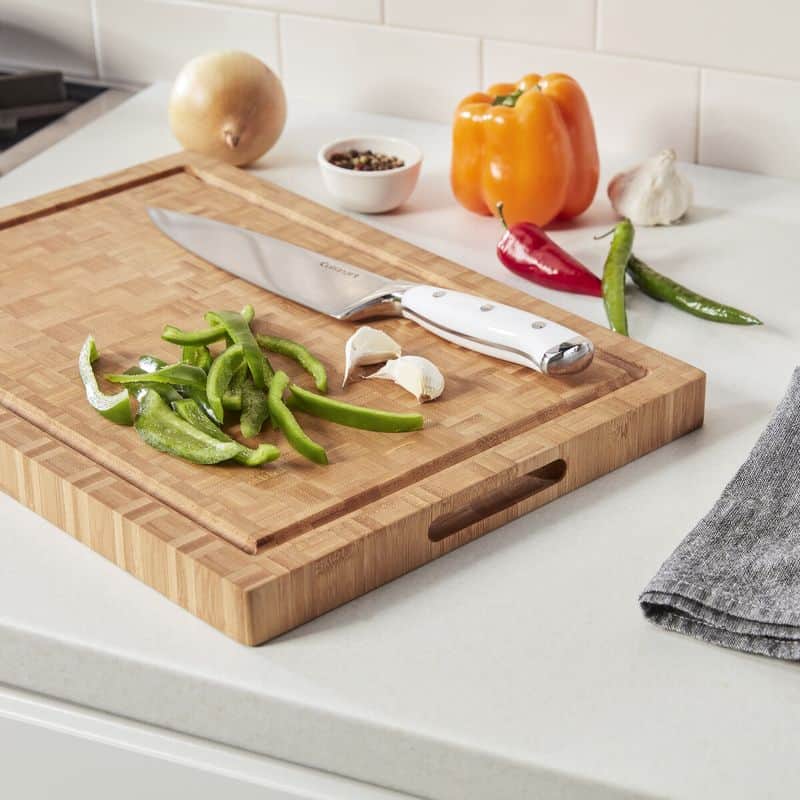
Bamboo cutting boards emerge as a fantastic alternative to traditional options. Known for their durability, these boards resist scratches and marks that harbor bacteria. Their natural antimicrobial properties further enhance kitchen hygiene.
Lightweight yet sturdy, bamboo boards are gentle on knives, preserving their sharpness. Moreover, bamboo is a renewable resource, making it an environmentally friendly choice.
Easy to maintain, these boards require minimal care and can last for years, providing a cost-effective solution. Embrace bamboo for a cleaner, greener, and safer culinary experience in your home kitchen.
2. Wooden Cutting Boards
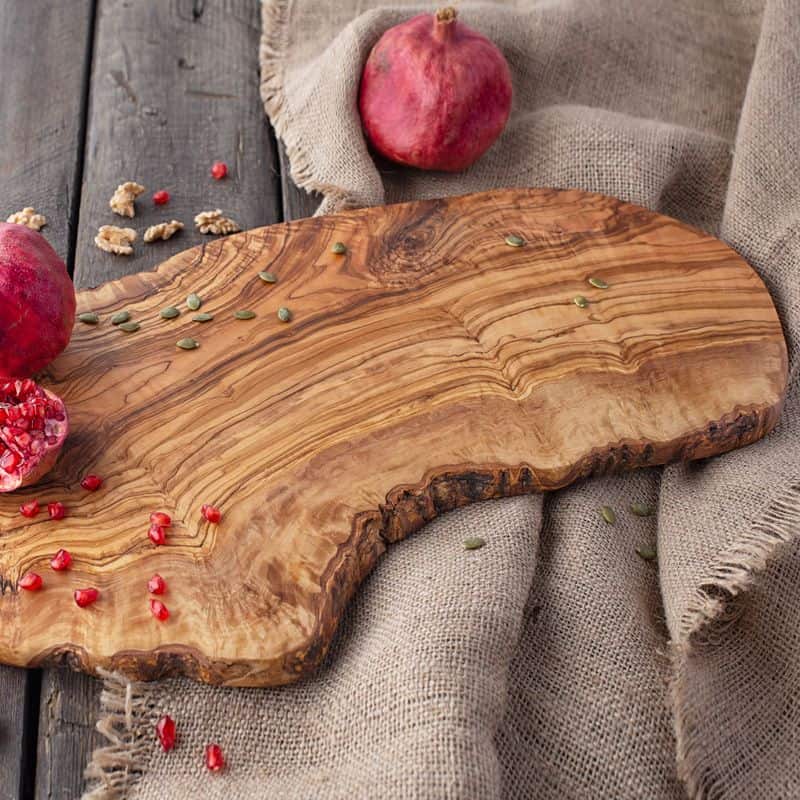
Wooden cutting boards have stood the test of time as a kitchen staple. Their self-healing properties close knife marks naturally, preventing bacteria buildup. This makes them a hygienic choice for avid cooks.
Crafted from various wood types like maple or walnut, these boards are gentle on knife edges, reducing wear and tear. They require regular oiling to maintain their surface but reward with unmatched longevity.
Choose a wooden board for a blend of tradition and functionality, ensuring a safe and enjoyable cooking experience that connects you with culinary history.
3. Silicone Cutting Boards
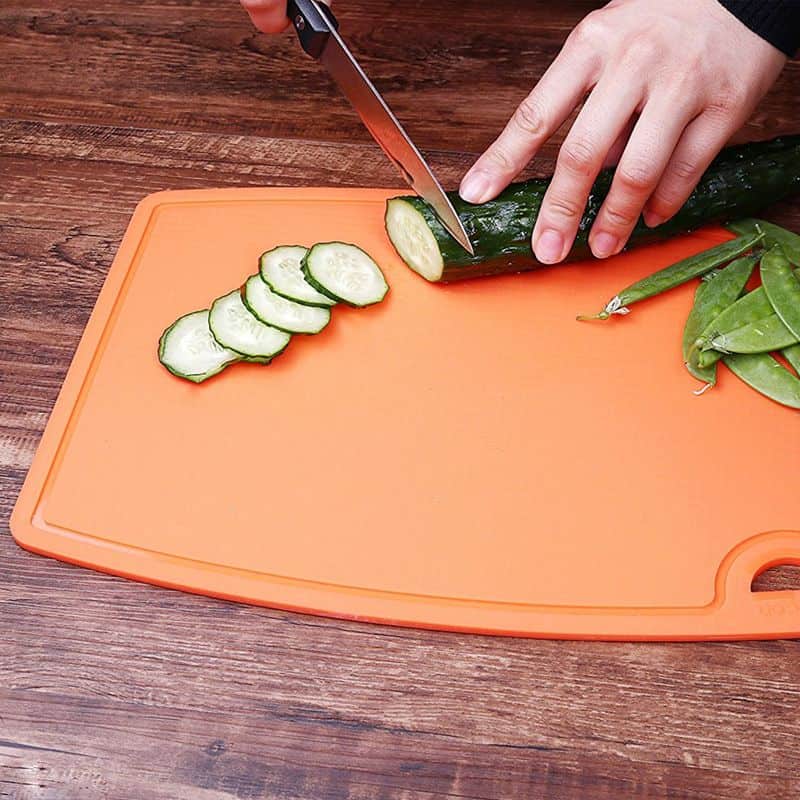
Silicone cutting boards offer a unique blend of flexibility and safety. Non-slip and easy to maneuver, they provide stability during food preparation, reducing accident risks.
Their soft surface ensures knives remain sharp, while being resistant to cuts and gouges. Silicone boards are also dishwasher-safe, making cleanup a breeze.
With vibrant color options, they can be dedicated to specific food types, preventing cross-contamination. Embrace silicone for its innovative features and adaptability, enhancing both safety and convenience in your kitchen endeavors.
4. Composite Cutting Boards
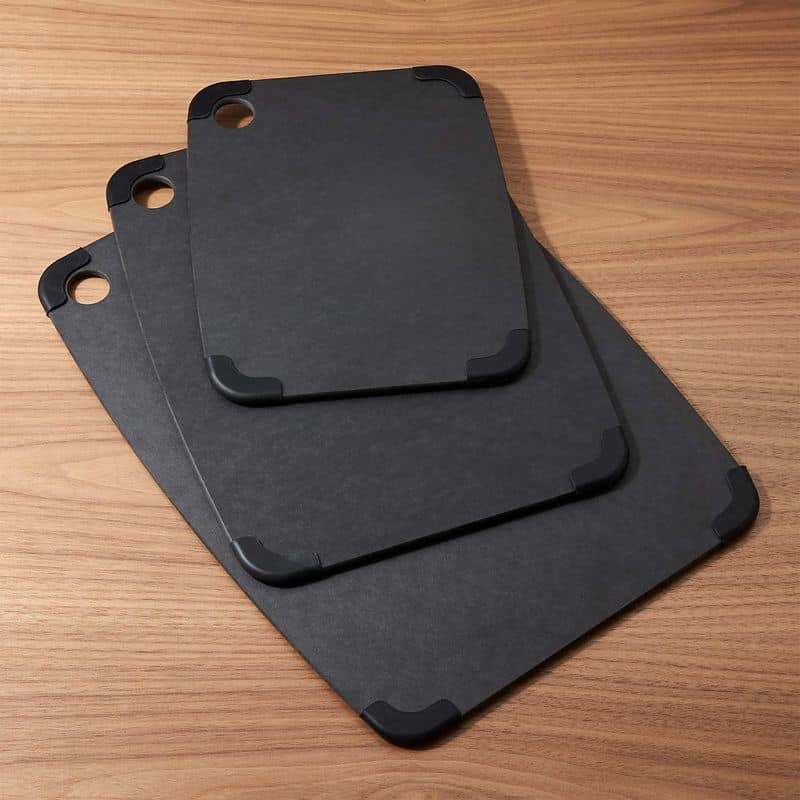
Composite cutting boards balance durability and aesthetics, making them a top choice. Made from a blend of wood fibers and resins, they resist stains and odors effectively.
These boards are gentle on knives yet sturdy enough for heavy-duty cutting tasks. They offer the warmth of wood with the resilience of modern materials, providing a unique kitchen experience.
Suitable for both home cooks and professional chefs, composite boards can withstand high temperatures and frequent use. Elevate your culinary routine with a board that embodies both beauty and practicality.
5. Marble Cutting Boards
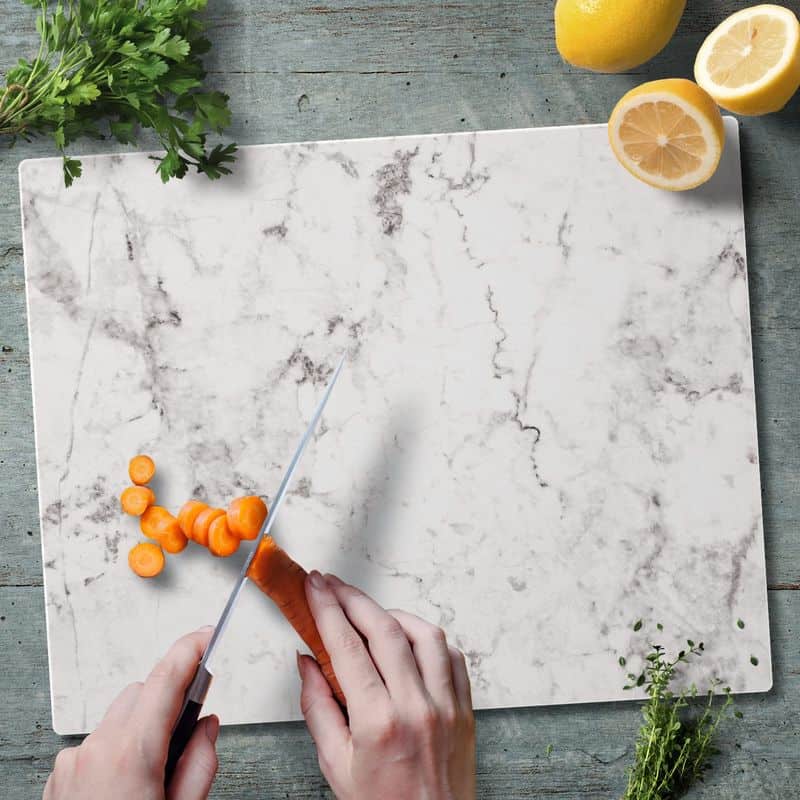
Marble cutting boards exude elegance but require careful handling. Their hard surface can be tough on knives, causing them to dull quickly. However, marble is ideal for cheese and pastry preparation due to its cool nature.
Though visually stunning, marble is prone to chipping and requires gentle care to maintain its beauty. Its weight can also be cumbersome, affecting usability.
For those who prioritize aesthetics, marble serves as a perfect serving platter. Use it sparingly for cutting tasks, and enjoy its presence as a statement piece in your kitchen.

